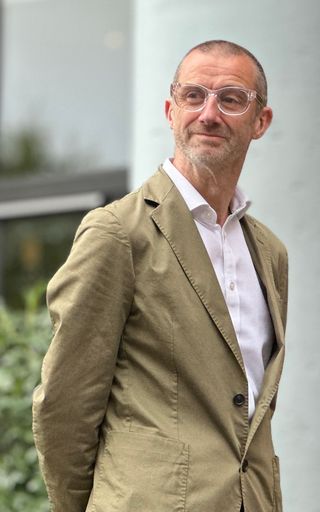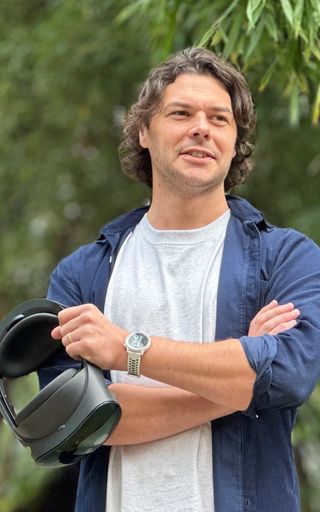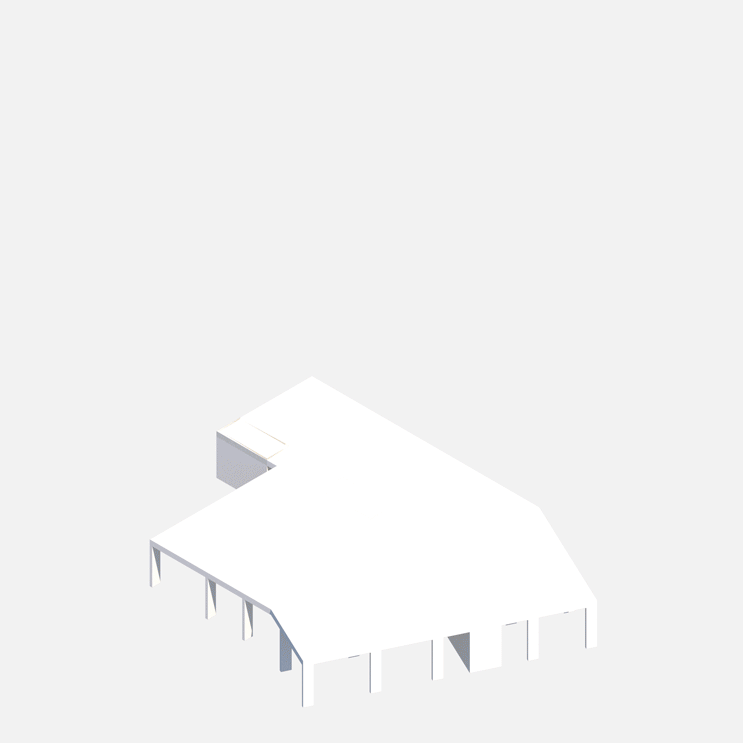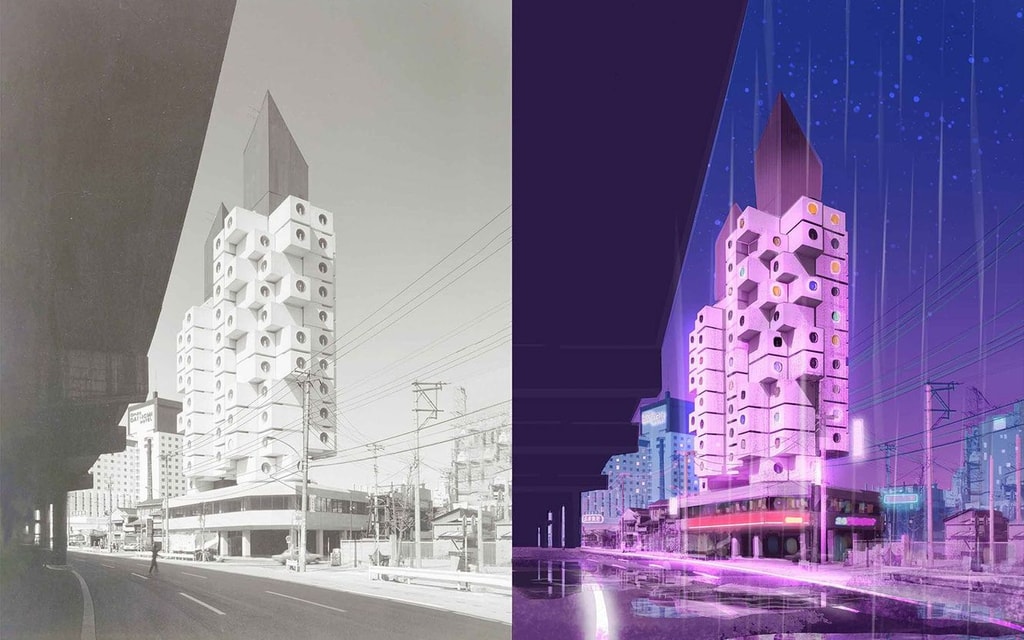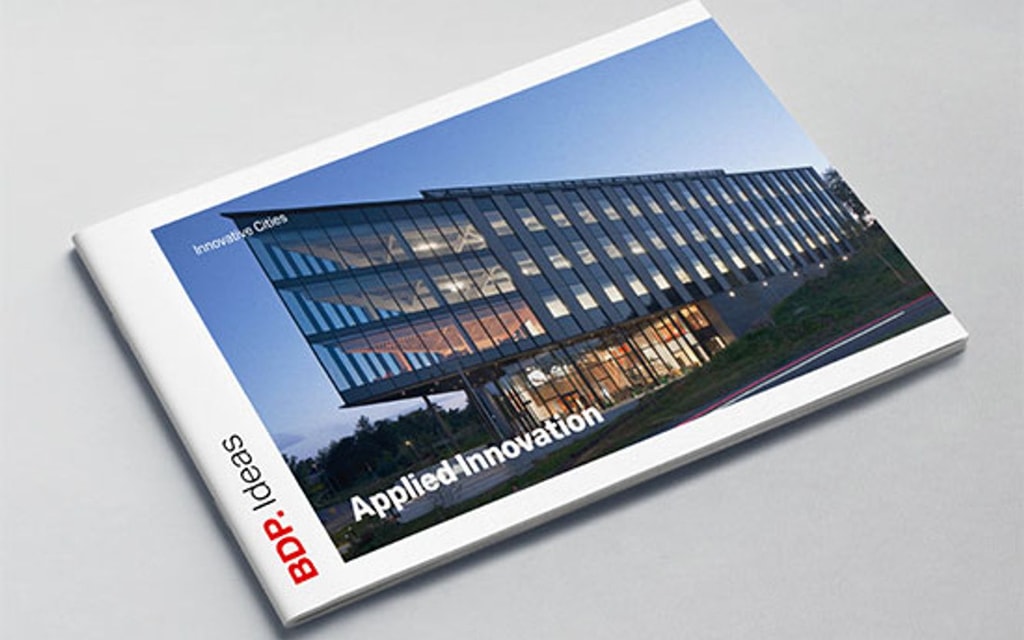Digital Design
Digital technologies enable us to create a fully collaborative, participatory culture for design to deliver a truly inclusive and sustainable future. The success of our work depends on the strength of our imagination, through creative problem solving, coupled with a mastery in communication, through selecting and deploying appropriate tools and techniques to tell the most compelling and engaging stories.
Our long term partnership with Autodesk and other leading software vendors afford our project teams access to cutting edge tools and technologies at scale. Our toolkit allows us to iterate design proposals, tested through rapid digital prototyping using generative design techniques, to simulate and assess design options against our core sustainability criteria and to ensure technical excellence is met with efficient information production.
Technology underpins everything we do, enabling more seamless integration of our multi-disciplinary teams to create award winning, world-class designs.
Think.
Second life for an icon
The Nakagin Capsule Tower in Tokyo is being secured a second life in the metaverse.
A culture of curiosity: 100 years of XR
Elliott Crossley talks about the evolution of VR at the Autodesk Conference.
Game Changers
How BIM is driving more data-centric, efficient design methods.
Applied Innovation
Through harnessing emerging tech, BDP continues to drive meaningful change through innovation.

Building information modelling is a key to supporting our design process, ensuring we provide better building outcome for our clients. Our practice has adopted BIM technology since its inception, embracing the benefits of early design integration, coordination and collaboration with all members of the project team.
The benefits of BIM are:
Lower Costs – 33% reduction in the initial cost of construction and the whole life cost of built assets.
Faster Delivery – 50% reduction in overall time from inception to completion of new build and refurbished assets.
Lower Emissions – 50% reduction in greenhouse gas emissions in the built environment.
Digital twin technology is a way to create a virtual replica of a physical building that uses real-time data to simulate changes and outcomes. It can be used to simulate the impact of design decisions, identify potential faults as well as the maintenance and lifecycle management of building once completed.
We have built a digital twin for the Houses of Parliament Restoration and Renewal Programme which it will use for facilities management, project coordination and future design work.
3D and parametric modelling tools are at the centre of our design process, we use them to develop design concepts before evaluating them through simulation and testing software. We write bespoke-written algorithmic definitions and parametric scripts to design the complex geometry forms required to deliver iconic, high performing buildings. It also supports an effective and efficient regenerative design approach where adjustments can immediately be applied without the need to redraw technical diagrams.
Our visualisation teams create digital environments to allow interactive and immersive experiences using the latest virtual and augmented reality solutions to best communicate our ideas with clients.
This technology enables us to visualize and iterate designs in real-time, allowing for rapid experimentation with materials, lighting, and more. The ability to produce high-quality renderings in minutes, rather than hours, fosters greater creative exploration and informed decision-making.
Design.
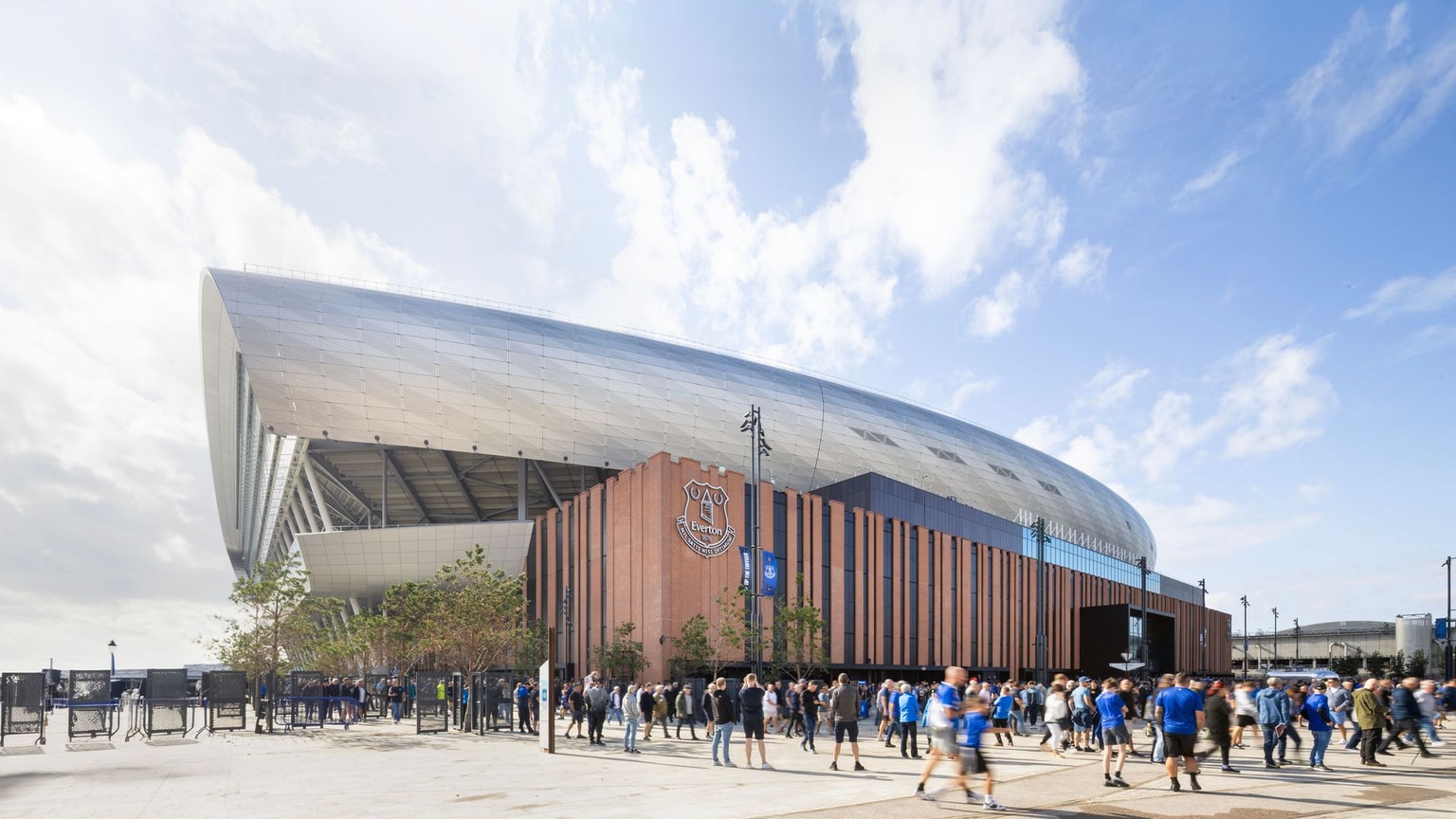
Everton Stadium
Practice.
